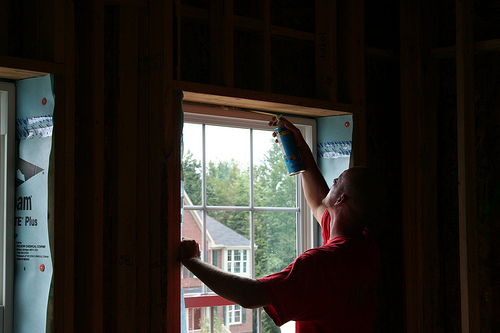Maybe you heard? Pope Francis was making the rounds last week in DC, New York, and Philly. The buzz has been hard to miss.
It’s no wonder. The Pope is the “faith boss” of every practicing Catholic on earth: 1.2 billion Roman Catholics worldwide and at least 70 million Catholics in the US—that’s the largest denomination by far, 22 percent of the American population. (Interestingly, the second-largest US “faith” group is former Catholics.)
But it’s not just his flock that’s paying attention these days; the crowd-pleasing Pope has mostly everybody’s ear. And he’s talking about climate change—a lot.
Environmental protection—or creation care—is based on long-standing Catholic teaching, as old as Genesis, grounded in the New Testament, and reflected in the life of the Pope Francis’ chosen namesake, St. Francis of Assisi, protector of the poor and patron saint of the environment. The last two Popes, both considered very conservative in many ways, were solid environmentalists in both word and deed. But Pope Francis is taking on climate change specifically, he’s talking about it in powerful new ways, and he’s going to great lengths to deliver his message far beyond the Catholic Church.










